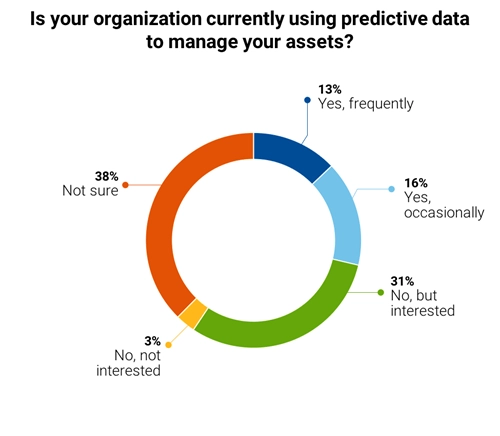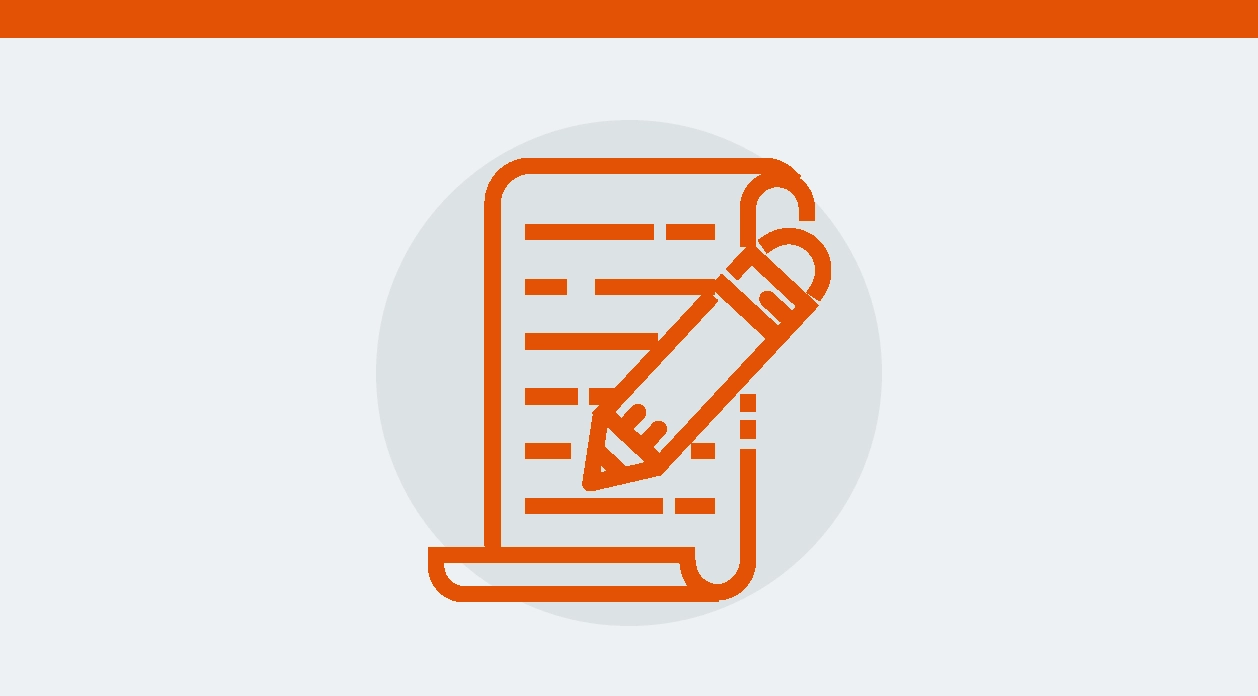In our recent webinar “Transforming Asset Management: Maximizing Your Budget with Predictive Data,” hosted in partnership with GovLoop, we explored new advanced technology platforms and predictive cost data based on advanced analytics. These developments are poised to transform the real property asset management enterprise, resulting in improved budgeting accuracy and decision making.
Experts
Incheol Pang, BUILDER SMS Program Manager, NNSA Office of Infrastructure
Dave Lewek, Principal Consulting Engineer, Gordian
Mike Bartoli, Federal Solutions Team, Gordian
Q&A
Here are a few takeaways from the webinar’s Q&A session.
Q: Why did NNSA look to alternative sources for cost data in BUILDER?
Incheol: BUILDER has a prepopulated references with approximately 4,000 different building elements. There are two main reasons why NNSA made a decision to go with Gordian to update the BUILDER references using RSMeans Data. The first reason is that, as we were implementing BUILDER SMS, we learned that the existing cost references were updated in certain areas as needed or whenever the new information was available, but they have never received updates across the board in recent years. So NNSA needed an across the board update using the most up-to-date, industry accepted and recognized information. Second, BUILDER was designed to support the Department of Defense (DOD) specifically, so NNSA needed an update to include our own agency specific building components and elements with their cost and design information. That’s why we partnered with the Gordian team to update our costs as well as catalogue information in BUILDER.
Q: Wasn’t concrete a hot material indicator a couple of years back with the large China construction boom?
Dave: Certainly the China construction boom has had an impact. And sometimes estimators say, China sucked up all of our concrete or all of our steel – it’s not ours, it’s an international, worldwide commodity. And certainly several years ago, steel and concrete prices were impacted. So it’s important as a user and someone who’s going to be forecasting and doing some estimating to not only know what’s happening in their own neighborhood, but to know what’s happening globally. We try to reflect that in our prices.
Q: We don’t use BUILDER but have some of the same challenges as NNSA. Can RSMeans Data be used with other facility management systems?
Mike: Absolutely. We have developed not just the traditional and predictive data Dave and Incheol have been describing in this presentation, but we also have developed a technology layer beneath that which allows us to really leverage that data on just about any other application. What we’re seeing especially in the facility and asset management world are applications like TRIRIGA, MAXIMO and of course BUILDER, which NNSA uses, and the need for more accurate costs from those systems. Whether we are a private or a public owner, it’s still very important for us to understand what downstream costs are going to be. Especially for the deferred maintenance, so we can prioritize. So absolutely, we have a technology layer – we utilize our APIs within our RSMeans Data Online cost engine to be able to share that information with these other facility information management or sustainment management systems, even to applications used at the design phase as well – like with Building Information Modeling (BIM). We can share our cost data with a BIM model by using this technology layer that allows us to share our information with any other solution. It’s a direct link into the database, but it’s protected by the business roles of the application from both sides, the protocols, so we’re not damaging anything on the estimating side or the sustainment management side by going outside the business roles of that application.
Q: In your opinion what is the most important thing to know about predictive construction cost data?
Dave: First of all, one of the most important things is to understand how the data is developed so you can understand the results. That’s why I went into some detail about the rigor we go through. We’re not just pumping out data analytics that have no merit, no basis. It took us 18 months to develop these algorithms, and we tested them – and again, they have a lot of rigor. And secondly, we’ve always predicted. However, to a much shorter timeframe and with less collateral information than we are using now. So it’s more robust. I’ve been on both sides of the fence. I’ve always used RSMeans Data. Now as one who is trying ensure its validity, I’m seeing and helping to ensure the rigor – we’re looking not only a short viewpoint but also several months and several years in advance.
Click here to read GovLoop’s further insights into the presentation.
View the full webinar recording here.







